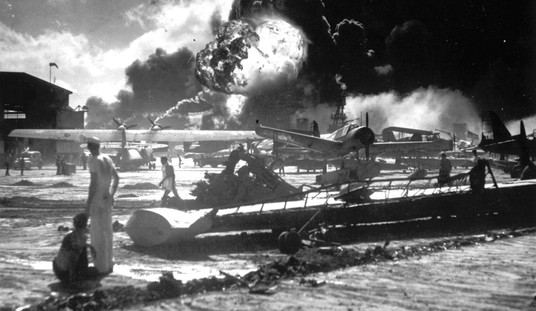A Routine Mission Turns Into an Unexpected Problem
Expecting another victory lap for its expanding space program, China sent the Shenzhou 20 crew to the Tiangong space station. The mission looked smooth, the rotation schedule looked predictable, and the state's media script practically wrote itself before launch.
When a piece of high-speed orbital debris cracked a window on the Shenzhou return capsule, any semblance of confidence dissolved. In that moment, the most essential part of an extended mission failed when their ride home broke down.
Space Debris Remains Humanity’s Quietest Threat
Looking through the lens of Hollywood, space disasters seem a distant fiction: explosions, air leaks, or engines that refuse to fire.
However, reality offers a much more dangerous script.
Orbital debris moves at speeds that turn flecks of metal into rifle rounds. Engineers track thousands of objects, yet countless smaller fragments drift unseen. China learned that even well-planned missions fail when tiny remnants of past launches cut through a spacecraft's most vulnerable point.
A cracked return capsule isn't simply a minor annoyance; it's a sharp reminder that space remains unforgiving, especially when nations keep filling it with more hardware.
A Space Program That Planned for Everything Except the Obvious
China's manned program developed a sense of discipline and precision; it quickly built Tiangong, launched crews with a dependable rhythm, and invested heavily in its lunar ambitions.
When a simple truth emerged, Chinese leaders never solved their vulnerability to debris; when Shenzhou 20 needed to head home, they realized their lifeboat was already assigned to the incoming Shenzhou 21 crew. In theory, a backup existed, but not where it was needed. Although China rushed to send a replacement craft, orbital mechanics and production schedules refused to bend to political pride.
A Lesson That Should Concern Every Spacefaring Nation
Even though we sometimes joke about China's secrecy, space debris doesn't respect any nation's flag. NASA faced its own scares when micrometeoroid strikes damaged space shuttle windows.
The International Space Station has patched holes from debris that no telescope detected beforehand. Even with more than 50 years of combined space travel among a few nations, space operations still resemble early aviation.
Crews operate machines built at the edge of known science, surrounded by hazards still not fully understood. China's cracked window underscores a broader reality: when nations rush to launch satellites, there are no guarantees of safe travel through the cluttered lanes of low Earth orbit.
Fragility Exposed by a Single Impact
A cracked windshield on your car is a small detail, a cracked capsule window is a whole 'nother cracker when observers understand what a reentry vehicle goes through on its way back to terra firma. Temperatures spike, vibrations pound the structure, and every bolt must survive tremendous stress.
Space capsules are designed for strength, but damage from a high-velocity fragment introduces uncertainty that no responsible agency can ignore. The question facing China is simple: Would they risk three astronauts' lives on a spacecraft compromised by something unseen, travelling faster than a bullet?
Chinese leaders correctly refused the gamble, but the delay exposes the limits of any contingency planning.
What China Wants, What China Fears, and What Happens Next
A permanent lunar base is China's goal, with crewed landings, surface infrastructure, and a sustained presence rivaling Apollo's legacy.
What's needed to achieve such a goal is robust systems that handle failure without improvisation, and space debris didn't fit Beijing's preferred narrative because it forces a concession that even powerful nations remain vulnerable to uncontrollable forces.
Eventually, replacement spacecraft will bring the crew home, but this will remain an incident that lingers in internal planning documents, forcing technocrats to answer questions they hate.
How many backup vehicles are needed? How many risks can be modeled? How many unforeseen dangers will affect missions before they appear on a mission where escape isn't easy?
Final Thoughts
Each year, China's space program grows larger, more ambitious, and far more public, building confidence that may mask structural weaknesses.
What destroys confidence is a single shard of orbital debris, which exposes the limits of China's redundancy planning and reminds the world that spaceflight remains a balancing act between ambition and the edge of unpredictability.
Crews need dependable vehicles, rapid response capability, and clear pathways home. Even though China has built impressive systems, it has more work to do before astronauts travel with the security that true mastery requires.
Even with the wonder and confidence of private agencies' successes in spaceflight, the unknown can simply blink, altering the course of any mission.
Now, though, if a cracked window halts an entire mission, then China has more vulnerabilities waiting to surface.
You deserve analysis that cuts deeper than surface narratives. PJ Media VIP gives you access to full columns, insider commentary, and unapologetic reporting that corporate media refuses to deliver. Join us today and support the work that keeps independent voices alive.










Join the conversation as a VIP Member